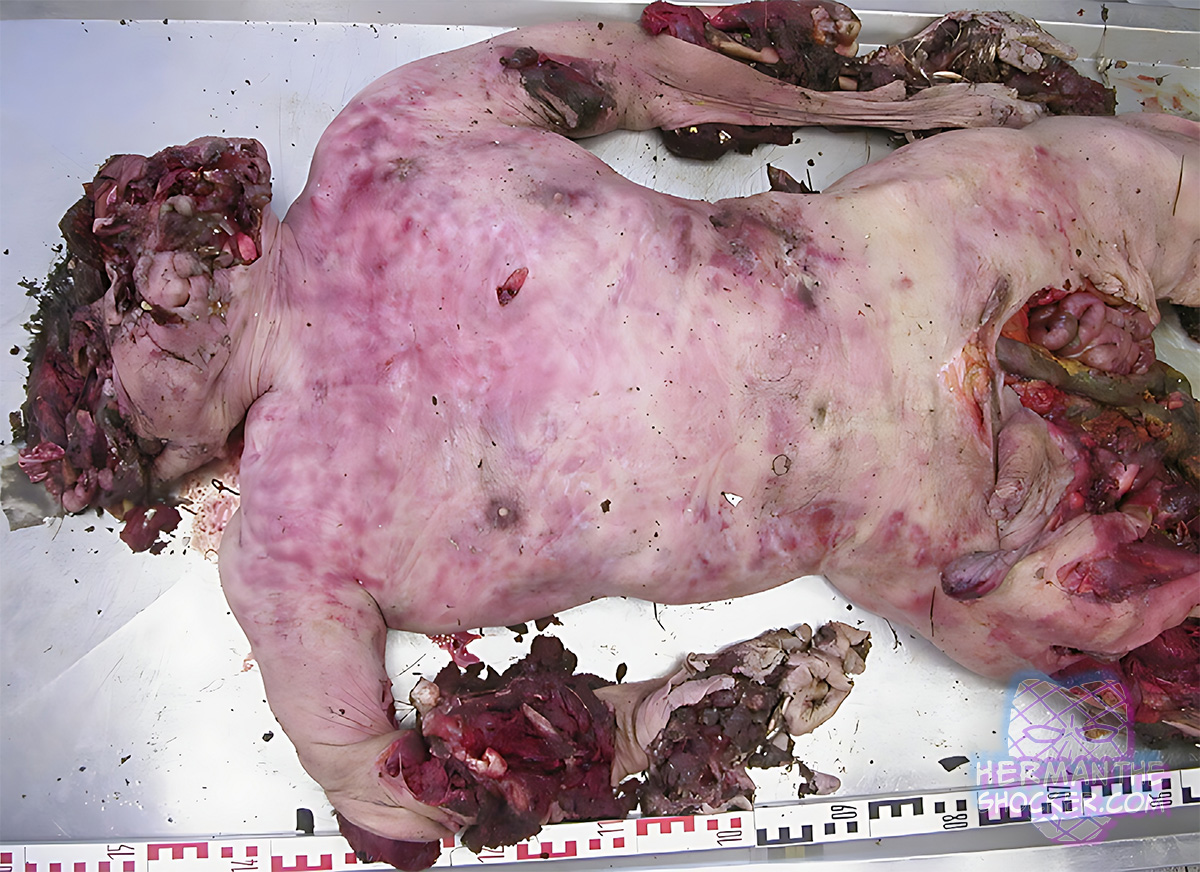Germany. In March of 2007, a 50-year-old man was fatally injured when his single-engine low wing propeller aircraft – a Beech BE24R ‘‘Sierra’’ – crashed just minutes after taking off from a local airfield close to the town of Rendsburg, Germany. The pilot had a medical certificate of fitness and held private pilot’s licenses for airplanes as well as helicopters. The man started the aircraft without prior communication with the airfield’s tower, and efforts of the tower personnel to contact the pilot by radio communication failed. After taking off, the plane disappeared into the clouds. According to witnesses, the aircraft reappeared minutes later at a longitudinal angle of 608 and with full motor power and hit the ground nose down close to the runway it had taken off from. The plane was completely destroyed, and debris was found in a radius of 120 m (400 ft) from the center of impact, a 1-m (3.3 ft) deep crater.
The pilot, who was not buckled up, was catapulted out of the cockpit. The body was found some 110 m (360 ft) away from the plane wreckage. During the flight, the pilot had sent an SMS stating ‘‘I am flying to the stars . . .’’ to a friend. The inspection of the wreckage of the 33-year-old plane revealed no technical problems. The crash was classified as a suicide by the BFU and the district attorney. The motive for the suicide remained unclear.
At autopsy, external examination revealed gross destruction of the head, trunk, and extremities of the deceased with traumatic decerebration, opening of the thoracic and abdominal cavities with intestinal prolapse, and traumatic amputation of the right foot. The skin of the back was extensively detached. Internal examination showed fractures of the cranium, skull base, cervical, thoracic and lumbal vertebrae, pelvis and the long bones of all extremities. All internal organs including the esophagus and intestines were ruptured, aorta and pulmonary arteries showed multiple lacerations. Larynx, epicardium and visceral pleura showed numerous petechiae. As cause of death, a multiple trauma of head, trunk, and extremities was diagnosed. The identity of the body was confirmed by dental identification.
the pilot was mildly intoxicated. Toxicological analysis revealed a diphenhydramine blood concentration of 0.14 mg/l. Other drugs or ethanol were not detected by gas chromatography. Even though slightly above the therapeutic level of 0.1 mg/l, the diphenhydramine level was well below the toxic range of 1– 2 mg/l. A central effect of this sedative in form of drowsiness may be presumed. Suicide by aircraft seems to be a rare event in Germany considering the incidence of only 9 cases over a period of 34 years (0.3 suicides per year).
Latest posts








